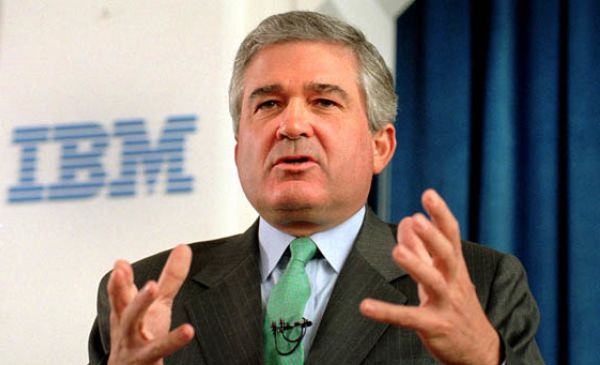Companies find it enormously difficult to maintain self-awareness as the crises of growth hit and to make a realistic assessment of their vulnerabilities. To maintain self-awareness, brand leaders must watch out for the following problems:
1. Fundamental Measures Are Missing. Companies assess their health on the outside with lots of outcome measures (profit, revenues, customer counts, market share, average prices, and so on), but they don’t take good stock of the health of the core with nonfinancial, root-cause measures. These are essential. Such measures helped Dell set the world record for speed to scale.
2. Listening To The Wrong Voices. What you hear depends on whom you listen to. Leaders who are strapped to their desks and surrounded by staff people who echo their ideas can easily fall into this trap. They have no connection to the fresh intelligence and dissenting ideas that arise at the front line. Consider the case of Ed Telling, the former CEO of Sears, Roebuck & Company, whose story Bernie Marcus, one of the founder’s of The Home Depot, holds up as a bad example and a motivator to all Home Depot executives. “Telling hated being in the stores,” Marcus and his cofounder Arthur Blank wrote, “and that was where the bread and butter was coming from. That was what paid his salary. He never understood that. In this company we do understand that. That is why we insist that every executive of this company works in the stores upon joining us. This policy even applies to our attorneys.” It’s obviously ironic that this is one of the principles that The Home Depot lost sight of when its founders left. It shows how easily it can happen.
The lesson for leaders: make sure you have access to voices from the front line. They are your best defense against self deception. Get out to the front line, hold meetings in plants and warehouses, and insist that those reporting to you do the same thing. Jeff Bezos has a designated person at key meetings to represent the customer voice at Amazon.
Kent Thiry of DaVita does weekly calls where any employee can phone in; the last one involved four thousand people. “The bigger Walmart gets,” Sam Walton said, “the more essential it is that we think small. Because that’s exactly how we have become a huge corporation—by not acting as one.” Ray Kroc, the founder of McDonald’s, had a great perspective on the power of a bottom-up perspective. “I work from the part to the whole,” he said, “and I don’t move on to the large-scale ideas until I have perfected the small details.”
3. The Tyranny Of The Short Term. The way to lead is not to wait for crisis and then take action. Great leaders manage their time like a strategic resource, both to model the behavior for others and to shift attention to the things that matter most. “If you’re in a leadership position,” Andy Grove, the founder of Intel, once said, “how you spend your time has enormous symbolic value. It will communicate what’s important or what isn’t far more powerfully than all the speeches you can give.”
Strategic change doesn’t just start at the top. It starts with your calendar. Ask yourself whether you are really in control of your own time, and when was the last time you and your team looked at how you spend your time (with customers, in front-line facilities, with high-potential young leaders). The answers might surprise you. If you don’t know where you are in the present, it is hard to figure out the best route to the future.
4. A Lack Of Common Ambition. “If you don’t have a dream,” Les Wexner told us, “then it can’t come true.” This idea seems obvious, but it can get lost. As companies grow and professionalize, their stated missions can devolve into generic, uninspirational statements of corporate ambition. Barnes & Noble: “to operate the best specialty retail business in America, regardless of the product we sell.” Avon: “to be the company that best understands and satisfies the product, services, and self-fulfillment needs of women globally.” Too often, mission statements leave employees with no clear idea of what their company strategy is, or what makes it special.
Three bad things happen when an organization’s ambition becomes diffuse and vague. It loses the ability to inspire; short-term financial targets and crises begin to dominate the agenda, because there is no concept of what is being built in the long term; and the key principles on which decisions are made become blurred. Great leaders leave no ambiguity about what is important. They simplify the message to its elements and they talk about it all the time.
Contributed to Branding Strategy Insider by: Chris Zook with the permission of Harvard Business Review Press. Excerpted and adapted from The Founder’s Mentality: How to Overcome the Predictable Crises of Growth.
The Blake Project Can Help: Please email us for more about our purpose, mission, vision and values and brand culture workshops.
Branding Strategy Insider is a service of The Blake Project: A strategic brand consultancy specializing in Brand Research, Brand Strategy, Brand Licensing and Brand Education




